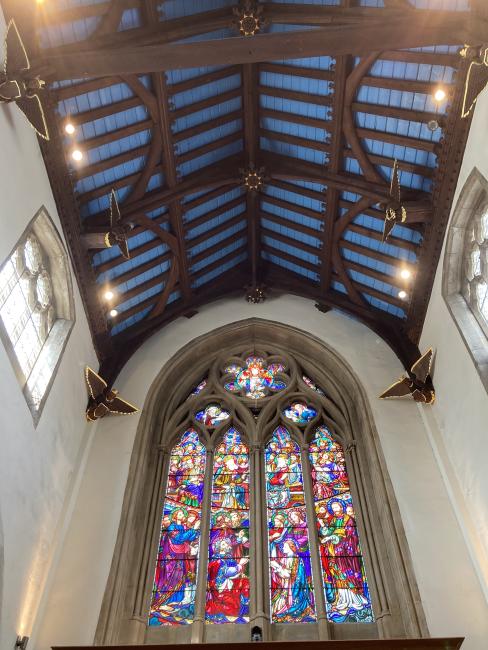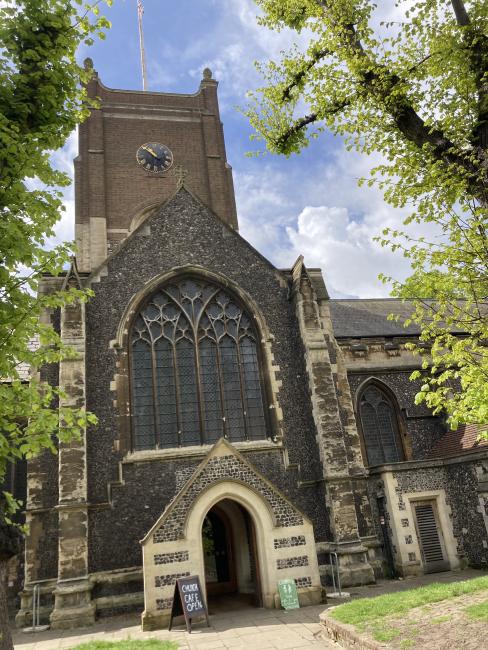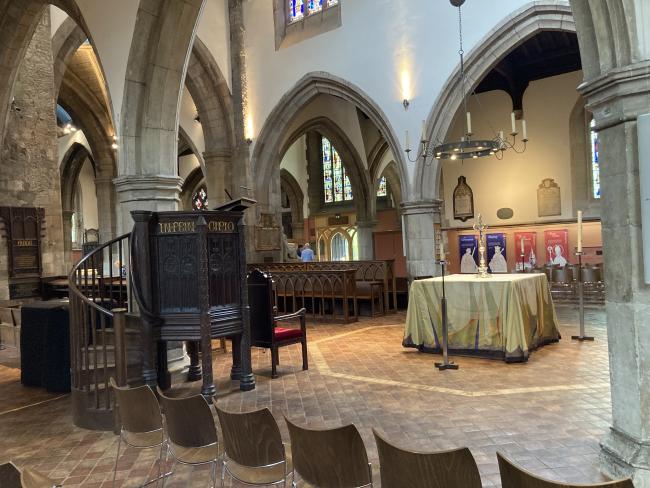Kingston-upon-Thames is best known as a market town in the outskirts of south-west London. But the association of All Saints church with Saxon kings and their coronations arguably warrants greater attention.
Kings and Kingston
All the way back in 838 King Egbert held a Great Council in the town, where he garnered the support of the nation's senior clergy, formalising an important relationship that remains in place today. Then in 900, King Edward the Elder became the first monarch to be crowned at the same site, which historians believe to be the plot on which the current All Saints church stands. Although important figures, neither of these men managed to reign over a united England.
King Athelstan was the next ruler to be crowned in Kingston, in 925. He went on to become the first king to hold sovereignty over the entire land in 927, after conquering York. The coronation service almost 1100 years ago was deeply religious and remains the basis for some of the conventions that are still followed today. It included an anointing from the Archbishop of Canterbury, the presentation of a ring, a sceptre and a sword, and even the first recorded use of a crown in the ceremony.

Over the remaining years of the 10th Century, Kingston retained its status as a place for kings to be crowned. The historical record is unclear, so the total number of coronations that took place here is unknown. It is widely agreed as at least three – and as many as eight coronations took place. However, the most popular figure is seven, evident in the moniker 'Seven Kings', which is used for local roads and a car park.
All Saints church through the ages
Although the site likely used to include a timber church and then the modestly sized St Mary chapel, it was not until the early to mid-12th Century that the church of All Saints was built. It went through a number of revisions and chapel additions in the ensuing centuries, with much of the core fabric now dating to the 14th and 15th Centuries.
Although much of this history was a matter of expanse – funded and driven by wealthy parishioners – the building did come under threat, predominantly in the 18th Century. First, in 1703 the spire collapsed during a storm, which also mandated the deconstruction of the whole tower for structural reasons. Following this, only the tower was rebuilt.

Then in 1730, possibly as a result of grave digging, the annexed Normal chapel of St Mary came down unexpectedly. It is thought that the so-called Coronation Stone was found in the rubble. It was then displayed in the adjacent marketplace in 1850, before being moved to a spot outside the Guildhall in 1935. The stone is said to have acted as a throne during the coronation ceremonies of Kingston's Saxon monarchs and is displayed with the names and coins of the seven kings on a plinth.
As with many medieval churches, All Saints was subject to major restorations during the 19th Century. First in the 1860s by Raphael Brandon, and then again in the late 1880s by British Gothic Revival architect J.L Pearson. The results of this work included removal of the west gallery, extension of the transepts, the fitting of new roofs and an update to the fenestrations.

Historical legacy
All Saints was awarded a Grade I-listed status in 1951. The church remains at the heart of Kingston – one of the signifiers of the town's long history.
While the status of the first Royal Borough in the country was likely awarded to Kingston for a number of reasons – including the proximity to longstanding royal estates and properties, for example at Richmond and Hampton Court – the early coronations that the town hosted remain an important element. Their enduring legacy in the relationship between the Crown and Christianity, symbolised through powerful rituals that are still followed today, make All Saints a fascinating site in British history.


